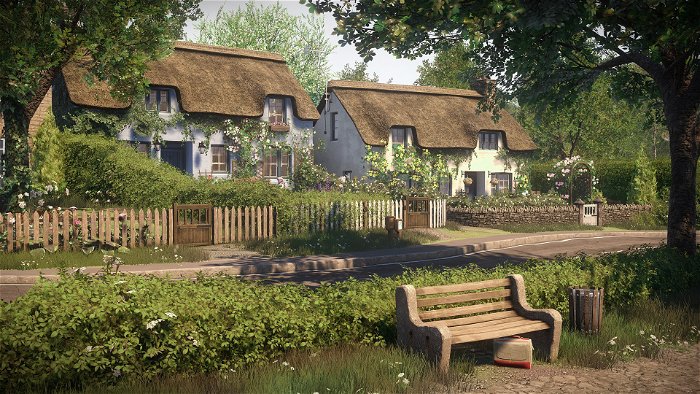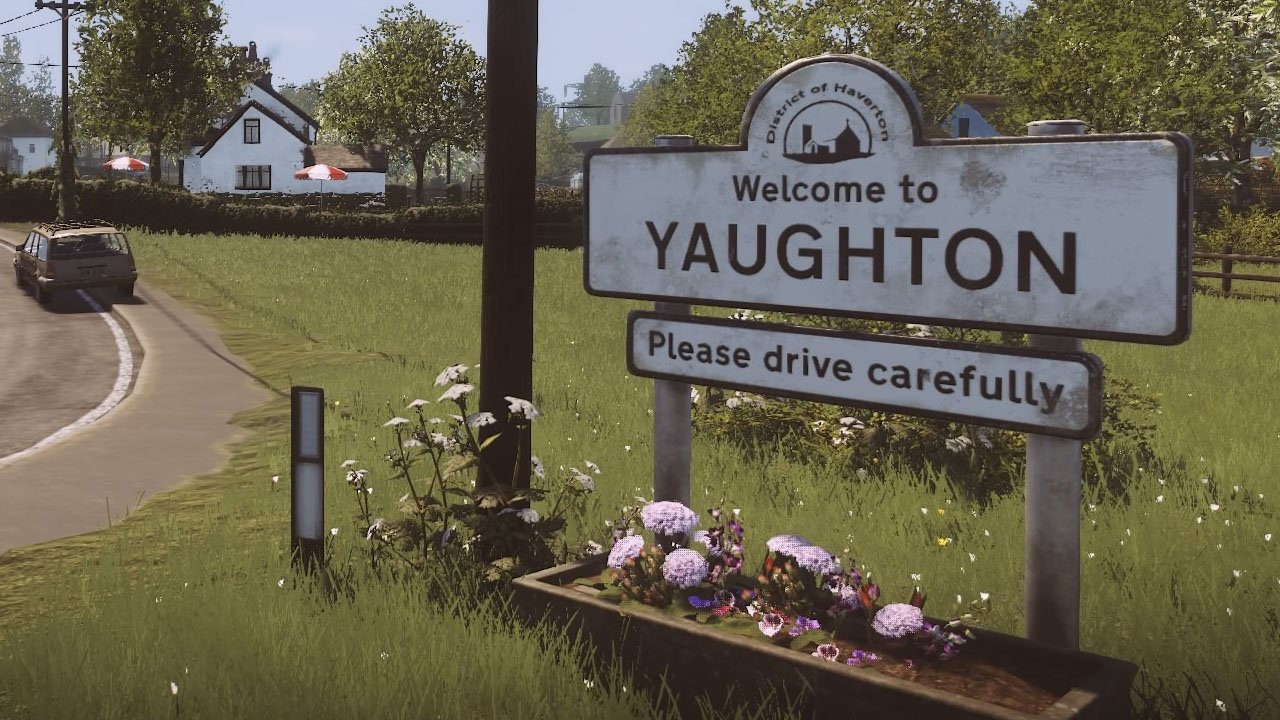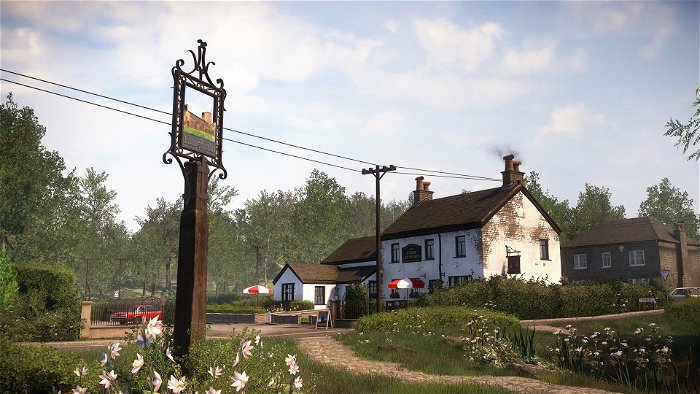Reviews for The Chinese Room’s Everybody’s Gone to the Rapture have mostly been favourable when it comes to the game’s narrative and audiovisual design. But, a common complaint runs through many of them: the player character’s fairly slow movement speed. I didn’t mention this in my review here, not only because it barely seems worth mentioning in a holistic criticism of Rapture, but also because I didn’t find it much of a problem at all. I’ve wondered why that is—why walking slowly didn’t bother some while a number of other players found it a serious annoyance.
Movement speed might not seem like the most important videogame topic, but, considering the chord it recently struck for so many players, it also appears like a design choice worth digging into. And Everybody’s Gone to the Rapture is a good starting point. Mostly, this is because the English countryside that serves as its setting isn’t meant to be rushed through. There are reasons for this that I believe tie into the game’s themes, but, in order not to dissect such a recent title’s plot, it’s enough to say that Rapture is meant to encourage the sort of reflection inspired by a leisurely stroll.

Though there’s a “sprint” button that speeds things up a tiny bit, the player is supposed to take their time while walking through the game’s streets, fields, and campgrounds. The ghostly characters encountered along the way help progress the plot and, since they’re often found near important homes and landmarks, offer an incentive to continue exploring. Take the time to poke around the area and extra narrative context may be provided, orchestral music may begin playing, and further environmental nuance noticed on an unhurried journey back to the main path. Given this style of storytelling, increasing the pace seems counterintuitive. If the player is allowed to run from one spot to another, they’re far less likely to observe minor details, give themselves enough time to mull over the plot, or, maybe most importantly, allow the contemplative mood of the game to settle in.
Because Rapture is a videogame, one of the only ways its developer has to direct its pace is to restrict the speed at which the player can move. Level design is important in this sense, too, and the game does a solid job of finding ways to recommend exploration by setting out multiple pathways within the environment. But it’s the measured walking speed that has the biggest effect. It serves as the interactive equivalent of lengthy establishing shots in film. It asks the audience to accept the tone and pacing that the storyteller believes to be an important element of their work.
None of this is to say that games should be slower as a rule. Aside from playing through Everybody’s Gone to the Rapture, I’ve also been revisiting Crystal Dynamics’ Tomb Raider reboot. In it, protagonist Lara Croft moves around at a nearly constant jog. She scrambles up cliff faces, crouch-runs between cover during gun fights, and maintains a brisk clip when travelling from one area of the environment to another. In Tomb Raider, as in many action games, this sort of speed is usually necessary. It allows the player not only to feel as if they can take control of a battlefield—outflanking enemies and running to cover—but also to create the sense of constant forward momentum so crucial to an action game’s success. Lara has to be able to shimmy across a rope at double the speed of an ordinary human because it’s important for the tone that Tomb Raider wants to create that the audience only rarely gets a chance to catch their breath.
But not every game is an action game and, suitably, not every game needs to allow the player to move as quickly as the action genre warrants. Some may require characters whose “walking pace” is closer to a real-world jog while others benefit from something a bit less hurried. There’s no universal movement speed that works for every game. Though a medium dominated by action-heavy titles means we’ve become acclimated to running around environments, there’s nothing wrong with developers understanding that other options exist—that often it’s more appropriate to allow players to take their time getting places.






